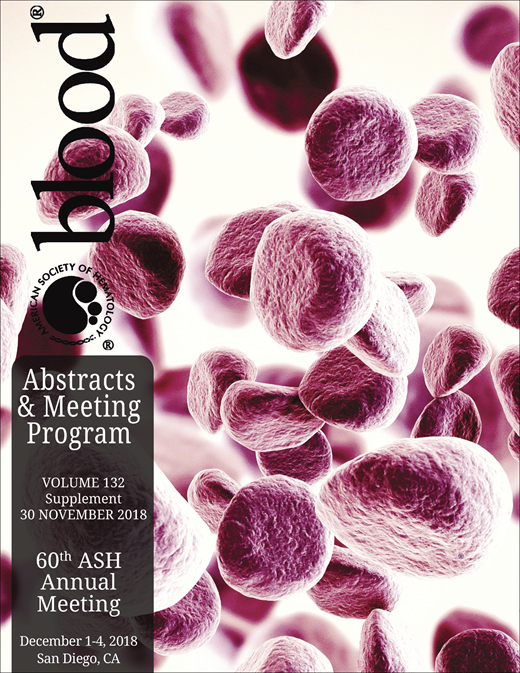Abstract
Patients with pre-leukemic bone marrow failure syndrome, severe congenital neutropenia (CN) have ~ 20% risk of developing acute myeloid leukemia (AML) (CN-AML). More than 70 % of CN-AML patients co-acquire CSF3R and RUNX1 mutations as shown by our group (Skokowa et al 2014), indicating a cooperative role of the mutations in these two genes in the development of AML in CN patients. In order to investigate the interaction between these mutations we conducted in vitro experiments on lineage negative (lin-) bone marrow mononuclear cells (BMCs) from C57BL/6-d715csf3r mice (d715-mice). These mice carry homozygous d715G CSF3R mutations, but do not develop AML.
We isolated lin- BMCs from d715 mice and transduced these cells with four different lentivirus vectors carrying BFP only (CTRL), RUNX1-Wild type BFP (RUNX1-WT), RUNX1-R139G BFP (RUNX1-MUT1) and RUNX1-R174L BFP (RUNX1-MUT2). These RUNX1 mutations where found in CN-AML patients. 72 hours after transduction, we sorted BFP+ cells and compared G-CSF triggered myeloid differentiation in vitro. We found that cells transduced with each RUNX1 mutants exhibited reduced percentages of myeloid CD11b+, Gr-1+ and double positive cells compared to RUNX1-WT. We also conducted CFU re-plating experiments with transduced cells and found that cell transduced with each of RUNX1 mutants showed 7- (RUNX1-MUT1) and 8- (RUNX1-MUT2) times higher re-plating capacity than RUNX1-WT and CTRL transduced cells.
To identify signaling pathways that are deregulated in G-CSFR-mutated HSCs clones after co-acquisition of RUNX1 mutations, we performed microarray study. We starved transduced and sorted lin- BMCs for 24 hours and treated cells with G-CSF for 48 hours before mRNA was collected. Expression profiles where generated by microarray (GeneChip Mouse Gene 2.0 ST Array). Pathway Analysis was conducted using IPA Software and Motif activity response analysis (MARA) was performed using ISMARA web tool. Reported Transcription factors and targets have Z-value ≥ 2 or ≤-2 and p ≤ 0,05 and are thus considered statistically significant.
Interestingly, ISMARA analysis showed, that the highest active motif in RUNX1-Mutants was Irf2_Irf1_Irf8_Irf9_Irf7 motif which is essential for the regulation of the interferon pathway genes. The corresponding transcription factors are amongst others regulated by Sp1 and Stat2 that were also active. Correspondingly, IPA Pathway analysis showed, that Interferon Signaling was highly upregulated in cells transduced with each of two RUNX1 mutants, compared to overexpressed RUNX1-WT (Z = 2). Additionally, pathway analysis showed the upregulation and activation of IL-6, IL-8-, Toll like Receptor- and TREM1 signaling pathways. This data suggests that the mutated RUNX1 may cause activation of the pro-inflammatory cell state propagating proliferation, which may be emerging as a cause of clonal hematopoiesis (CH) and consequently may lead to MDS/AML (Hemmati et al 2017).
Another active motif is Spi1/PU.1 mainly known as an essential transcription factor for monocytic differentiation, but also as a maintenance factor of the pre-leukemia initiating cells (pre-LICs) or even leukemia initiating cells (LICs) (Staber et al 2014). Interestingly, we recently described elevated expression of PU.1 in hematopoietic cells of CN patients. These data together with our in vitro finding indicating that RUNX1 mutation causes differentiation block and clonal proliferation of HSCs, supporting the hypothesis, that the RUNX1 mutations are the driving factor in leukemic transformation in CN.
Additionally, ISMARA revealed an upregulation of the Metyl-CpG Binding Protein 2 (Mecp2) motif. Mecp2 is a proto-oncogene that represses transcription through interaction with the corepressor SIN3A and histone deacetylases. Thus, remodeling the transcriptional profile and inhibiting differentiation.
Taken together, our data shows that RUNX1 mutations in combination with CSF3R mutations may cause (1) increased proliferation through the induction of a proinflammatory cell state, (2) induce self-renewal through expression of essential proteins for LIC maintenance and (3) dimineshed myeloid differentiation through demethylation inhibition and down regulation of hematopoietic differentiation pathways. We are currently validating the model of the leukemogenic transformation in CN patients using functional studies in vitro and in vivo.
No relevant conflicts of interest to declare.
Author notes
Asterisk with author names denotes non-ASH members.

